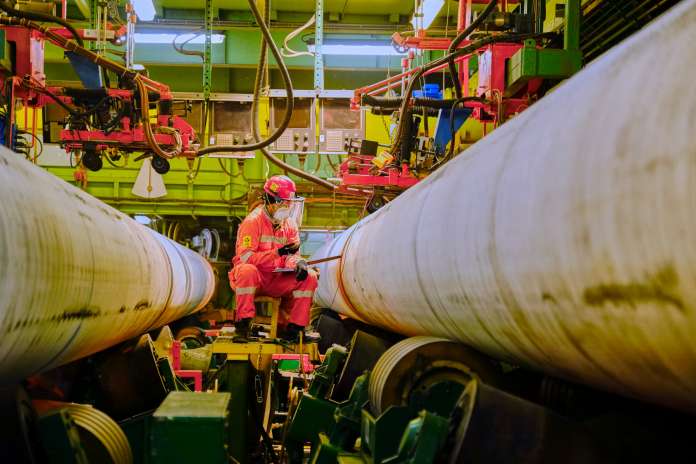Dr Anna Ebers Broughel, Economist at Tetra Tech co-authored this opinion editorial.
COVID-19 shocked the energy world by throwing energy industries from electricity to oil into chaos. End of the year is considered high season in the world of global energy scenarios, as some of the most anticipated outlooks are released. The pandemic seems to have revolutionised the common conventions of energy scenarios, with most prominent outlooks now considering impacts of the health risks in the mid-to-long run (including BP, IEA, WEC). After a meticulous review of more than 60 global energy scenarios developed pre-2020, we did not find a pandemic in any of them. That seems reasonable–who could have foreseen such a development?
If we venture outside of energy, we will, however, find that public health experts have widely considered the scenario of a pandemic crippling the globe. In fact, the National Intelligence Council considered a global pandemic in their Islands scenario in 2017. Johns Hopkins University’s researchers similarly considered a pandemic in 2017 and also correctly foretold the disease type (SARS) as well as its spreading trajectory (from Asia to the West). The same goes for foresight efforts by the Centre for Strategic and International Studies in 2019 and the Modi-SARS scenario, which was developed in 2013 by Germany’s CDC-equivalent, the Robert-Koch-Institut, on behalf of the German parliament. The latter even considered that the disease would start in Asia in early February while its international significance would only be recognised weeks later. A pandemic was also part of the National Threat and Hazard Identification and Risk Assessment developed by the federal disaster response agency, FEMA in the fall of 2019. The report correctly predicted social distancing, a shortage of medical supplies, overcrowded hospitals and business closures. Does this sound scarily familiar?
How come that energy scenarios have not considered a threat as evident as a global pandemic?
The apparent myopia in energy scenarios is its general tendency to avoid including less likely, off-the-path scenarios as well as its apparent resistance to borrowing insights from other sectors. The recipe for an energy outlook seems simple: a pinch of business-as-usual, a dash of a slightly sadder future and a wineglass of a somewhat climate-friendly narrative. Mix some broad ideas about international policies to prepare icing and decorate the scenarios with (mostly arbitrary) technology and economic growth assumptions. Et voilà – the outlook can be served, with a quirky name for the insight-hungry reader. Many outlooks never venture outside the common, most plausible futures. Hence, they miss the chance to explore the boundaries of the scenario cone or to consider shocks resulting from disruptive changes in (geo)politics, technology and culture. Energy scenarios have become increasingly linear, deprived of imagination and anticipating only what is already seen. The energy sector was once renown for frontier application of foresight analysis, most recognised with the so-called Shell method. Now it has seemingly moved on to a modus operandi of just muddling through with blinkers on.
Considering wild cards (for example, low-probability high-impact events) and their potentially disruptive results on the energy system needs to enter the mainstream. For an industry that makes long-term investment decisions in energy infrastructure development that will remain in place for decades, anticipating such critical events means getting back control. Otherwise, the energy industry will not fit in with the world of agile sectors such as venture capital and instant deliveries.
Among the big names in the energy scenario world, Equinor’s energy outlooks in 2018 and 2019 featured a brief section on selected wild cards and considered nuanced geopolitical developments. The latter also applies to older Shell scenarios, Mountains and Oceans. It seems that niche foresight efforts are more likely to consider extreme events in their scenarios. For instance, the DIW-REM Outlook considers several extreme best and worst cases, as well as a wild-card scenario, and so does the forecast by the Nordic West Office. A recent foresight exercise in Estonia has presented a positive impact from a wild card in the form of radical innovation through artificial intelligence. Wild cards have a massive effect on our society, well beyond the energy sector.
Our world has changed with the pandemic, and the conventions of energy foresight have to change with it. The producers of mainstream scenarios should try foreseeing the unforeseen: include wild cards, intersectoral development and extreme trajectories into their publications, which are widely read by policymakers and business leaders.



